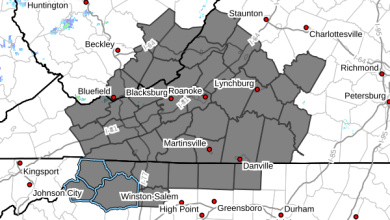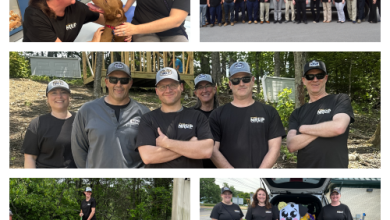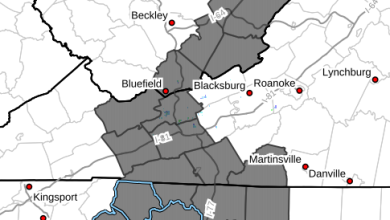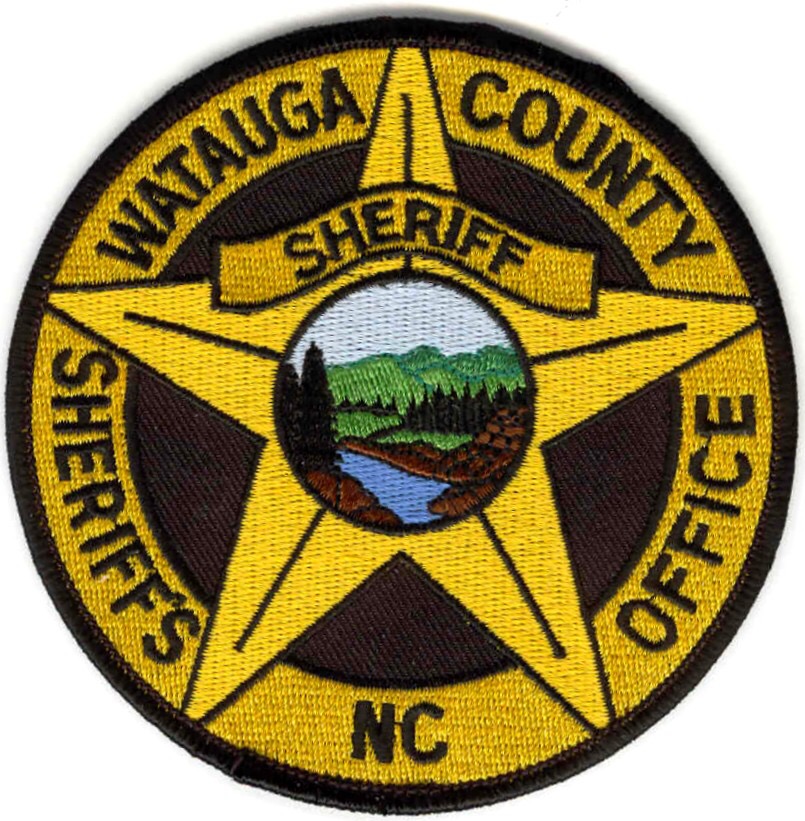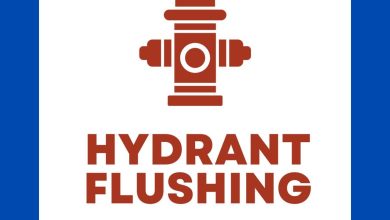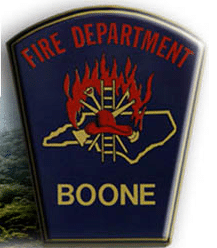
Last Updated on February 8, 2021 3:26 pm
Around two months of winter remain this year with the potential for additional snow, ice and power outages. Boone Fire wants to educate the public to the dangers of Carbon Monoxide poisoning from fuel burning appliances and equipment. With lower temperatures comes increased heating demand and power outages often require the use of secondary heat sources.
Often called the invisible killer, carbon monoxide is an invisible, odorless, colorless gas created when fuels (such as gasoline, wood, coal, natural gas, propane, oil, and methane) burn incompletely. In the home, heating and cooking equipment that burn fuel can be sources of carbon monoxide.
Facts
A person can be poisoned by a small amount of CO over a longer period of time or by a large amount of CO over a shorter amount of time.
According to the CDC, each year more than 400 Americans die from unintentional CO poisonings, more than 20,000 visit the emergency room and over 4,000 are hospitalized due to CO poisoning.
CO enters the body through breathing. CO poisoning can be confused with flu symptoms, food poisoning and other illnesses. Some symptoms include shortness of breath, nausea, dizziness, light headedness or headaches. High levels of CO can be fatal, causing death within minutes.
The National Fire Protection Association (NFPA) and Boone Fire Department recommend these simple Carbon Monoxide Safety Tips to protect you from CO poisoning or death.
CO alarms should be installed in a central location outside each sleeping area and on every level of the home and in other locations where required by applicable laws, codes or standards. For the best protection, interconnect all CO alarms throughout the home. When one sounds, they all sound.
Follow the manufacturer’s instructions for placement and mounting height.
Choose a CO alarm that is listed by a qualified testing laboratory.
Test CO alarms at least once a month; replace them according to the manufacturer’s instructions.
If the audible trouble signal sounds, check for low batteries. If the battery is low, replace it. If it still sounds, call the fire department.
If the CO alarm sounds, immediately move to a fresh air location outdoors or by an open window or door. Make sure everyone inside the home is accounted for. Call for help from a fresh air location and stay there until emergency personnel declare that it is safe to re-enter the home.
If you need to warm a vehicle, remove it from the garage immediately after starting it. Do not run a vehicle or other fueled engine or motor indoors, even if garage doors are open. Make sure the exhaust pipe of a running vehicle is not covered with snow.
During and after a snowstorm, make sure vents for the dryer, furnace, stove, and fireplace are clear of snow build-up.
A generator should be used in a well-ventilated location outdoors away from windows, doors and vent openings.
Gas or charcoal grills can produce CO — only use outside.
Home Heating Equipment
Have fuel-burning heating equipment and chimneys inspected by a professional every year before cold weather sets in. When using a fireplace, open the flue for adequate ventilation. Never use your oven to heat your home.
Visit: www.nfpa.org/education or contact your local fire department to learn more.







